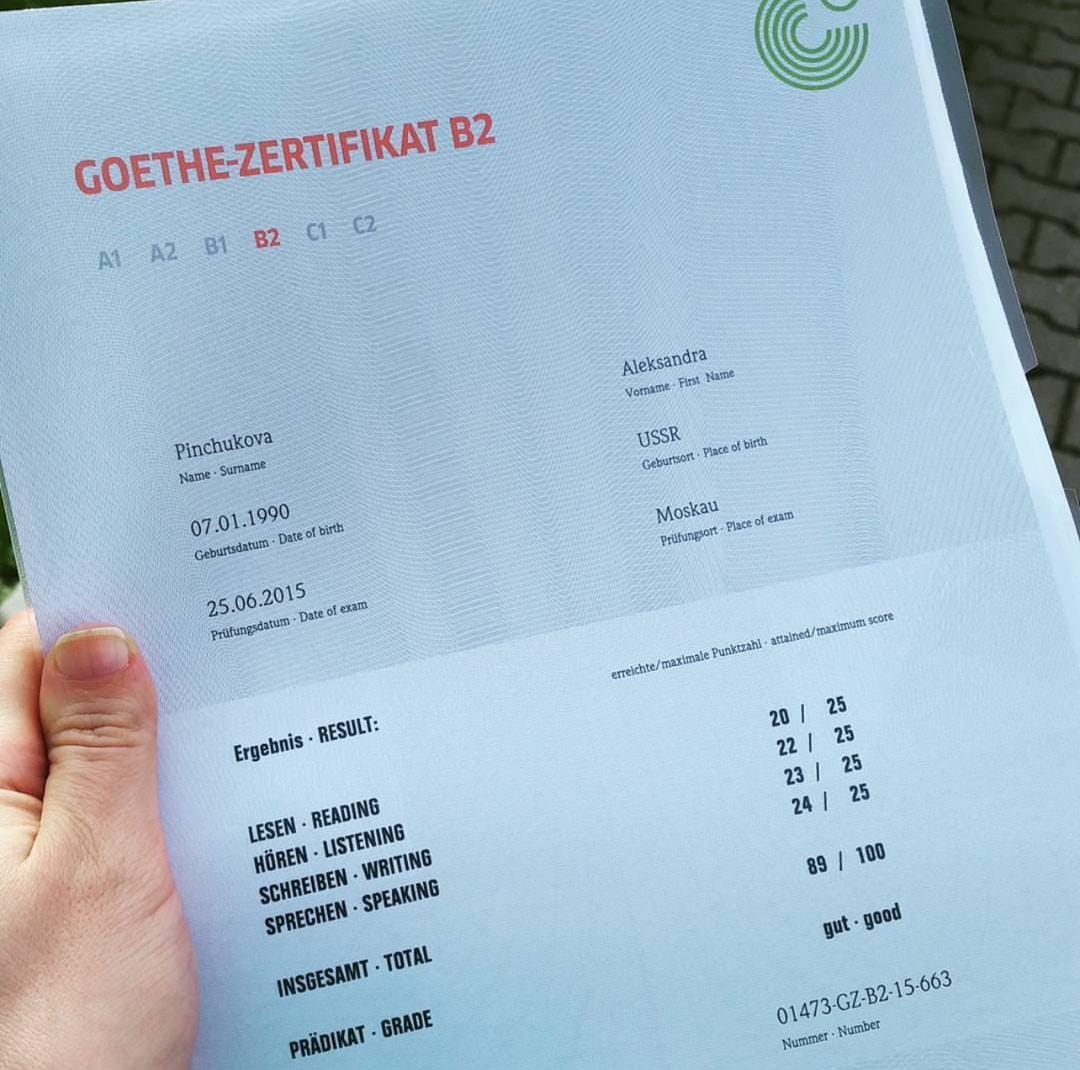7 Simple Secrets To Totally You Into C2 Goethe Exam
The C2 Goethe Exam: A Comprehensive Guide
The Goethe-Zertifikat C2: Großes Deutsches Sprachdiplom, or C2 Goethe Exam, is the greatest level of proficiency in the German language granted by the Goethe-Institut. It is created to examine the language abilities of adults who use German at an extremely high level in their professional and individual lives. Geothe Zertifikat 4 All is equivalent to a native speaker's level of fluency and is acknowledged worldwide as an accreditation of linguistic competence. This article will offer a thorough guide to the C2 Goethe Exam, including its structure, ideas for preparation, and regularly asked concerns.
Structure of the C2 Goethe Exam
The C2 Goethe Exam includes 4 sections: checking out comprehension, composing, listening comprehension, and speaking. Each area is developed to check the examinee's ability to utilize the German language in a range of contexts and circumstances.
- Reading Comprehension: This section includes numerous texts of differing lengths and complexity, followed by multiple-choice and short-answer concerns. The texts may consist of news article, academic papers, and literary excerpts.
- Composing: In this area, examinees are needed to write 2 texts: a formal letter or e-mail and a creative or argumentative essay. The composing prompts are developed to evaluate the examinee's capability to express themselves in a clear and meaningful manner.
- Listening Comprehension: This area consists of numerous audio recordings, such as discussions, interviews, and discussions, followed by multiple-choice and short-answer concerns. The recordings might consist of regional accents and specialized vocabulary.
- Speaking: In this section, examinees take part in an in person interview with a certified examiner. The interview includes a variety of tasks, such as providing a topic, taking part in a role-play, and talking about existing events.
Tips for Preparation
- Acquaint yourself with the format and material of the exam. The Goethe-Institut offers sample examinations and practice products on their website.
- Practice utilizing German in a variety of contexts, such as checking out papers, watching motion pictures, and listening to podcasts.
- Construct your vocabulary by utilizing flashcards, apps, or language knowing software application.
- Discover a language exchange partner or take a German class to practice speaking and listening skills.
- Practice writing essays and formal letters in German.
- Take practice exams to examine your strengths and weaknesses and to develop self-confidence.
Frequently asked questions
- Who can take the C2 Goethe Exam?The C2 Goethe Exam is developed for adults who have an extremely high level of efficiency in German. There are no particular prerequisites, but it is suggested that examinees have at least 800-1200 hours of guideline or equivalent experience.
- How is the C2 Goethe Exam scored?Each area of the exam is scored on a scale of 0-100, with 60 being the minimum passing rating for each area. The general rating is the average of the four area ratings, and a certificate is awarded to those who attain a rating of 60 or greater.
- The length of time does it require to get the results of the C2 Goethe Exam?Outcomes are typically readily available within six to 8 weeks of the exam date.
- For how long is the C2 Goethe Exam valid?The C2 Goethe Exam is legitimate forever as proof of language proficiency.
- Can I retake the C2 Goethe Exam if I do not pass?Yes, examinees can retake the C2 Goethe Exam as often times as essential to achieve a passing rating.
In conclusion, the C2 Goethe Exam is a tough and rewarding evaluation of German language efficiency. With the right preparation and practice, examinees can demonstrate their proficiency of the language and earn a prestigious certification. The Goethe-Institut uses a range of resources and assistance to assist examinees achieve their goals and reach their complete potential in German.
List of Resources:
- Goethe-Institut website: https://www.goethe.de/en/kurse/pruefungen/gds.html
- Test exams and practice products: https://www.goethe.de/en/kurse/pruefungen/gds/vorbereitung.html
- German language discovering software: https://www.duolingo.com/course/de/en/Learn-German-Online
- Language exchange websites: https://www.tandem.net/, https://www.conversationexchange.com/
- German papers and publications: https://www.dw.com/en/german-news/s-10067
- German motion pictures and television shows: https://www.netflix.com/browse/genre/8714
- German podcasts: https://www.dw.com/en/podcasts/s-3681
